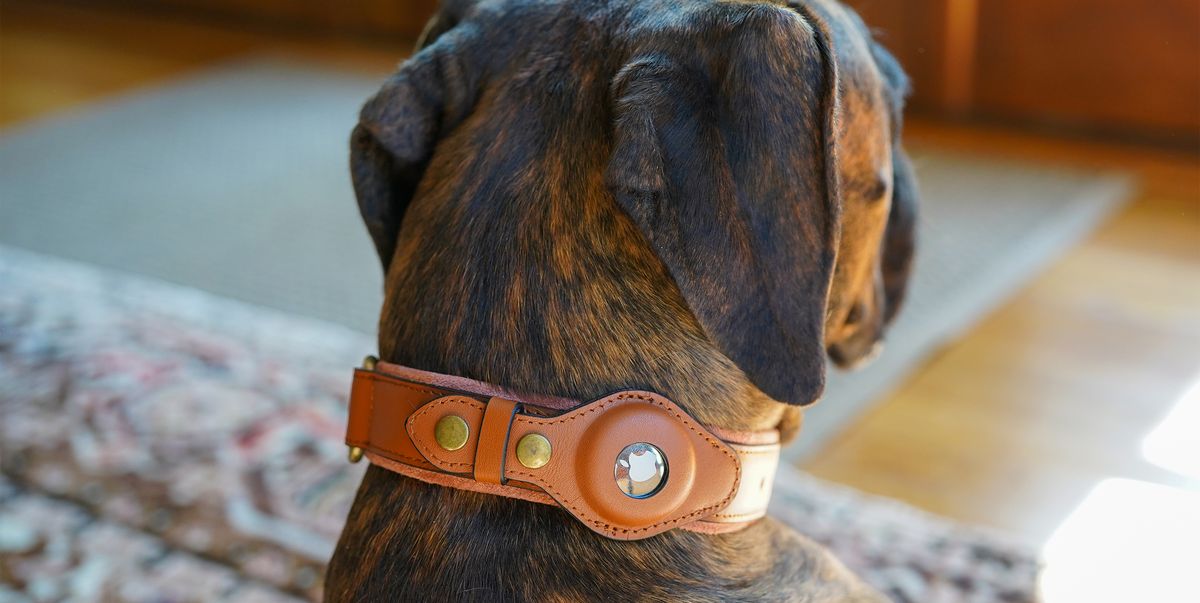A collar that is appropriate for our pets is a crucial accessory. Dog collars serve multiple purposes, including identification, safety, and style. With the variety of options available in the market finding the perfect collar for your dog’s friend can be a bit daunting.

Dog Collars can be used for a variety of purposes.
Dog collars aren’t just a fashion statement; they play a significant role in your dog’s life. Check out dog collars to understand how they benefit your pet.
Safety and identification. A dog collar’s primary purpose is to act as an identity tag for your pet. A collar usually comes with a tag for identification with your contact details. This will make it easier to locate your dog in the event that they become lost. Dog collars with D-rings are best because they keep the tag in place and keep it from falling off during walks or play.
Control and Training: Dog collars play important in training and controlling your pet. A standard collar, as an example, can be used as a lead to give you control when walking, or taking part in outdoor activities. A dog collar that is well-fitted can help you keep control of your exuberant or strong pet and avoid excessive pulling.
Style and Personalization Safety and Function are important as well, fashion and personalization count too. Dog collars are available in a variety of colors, materials, and styles. This lets you express the personality of your pet, as well as your style. Collars that are personalized with your dog’s name or custom designs add distinctive features.
Dog Collars: Types and Designs
It is important to understand the differences between the various kinds of collars for dogs and their uses.
The flat collar that is standard in design is by far the most well-known type of dog collar. The collars can be worn throughout the day as they are simple to adjust and easy to adjust. These collars are ideal for attaching ID tags on your dog and for walking.
Martingale Collars: Martingale Collars are for dogs who tend to slide out of collars that are conventional. They tighten up when the dog pulls at the leash in order to stop escape without risking choking. Greyhounds and other dogs that have head sizes that are narrow are perfect potential candidates for these collars.
Prong Collars: Also referred to as pinch collars or prong collars are a source of controversy However, they can be efficient in certain situations of training. Metal prongs can be used to press the dog’s neck as they pull, thereby discouraging this behavior.
Head Collars: Collars for the head like the Halti or Gentle Leader allow for better control of your dog’s movements by allowing you to control their head. They can be useful for dogs who pull a lot or a high level of excitement.
Harness: Even though they’re it is not a collar in the strictest sense it is worth noting that harnesses can be considered. It can be more comfortable to dogs with tracheal problems, as they distribute the pressure equally. Harnesses can be a good choice for small breeds and dogs who have breathing problems.
How to Choose the Right Dog Collar
Picking the ideal dog collar for your pet is based on their size, the way they behave, and your particular requirements. Be aware of these things when picking the right collar for your pet:
The collar must fit snugly, but not be too tight. It should be possible to put two fingers in between the collar and the neck of your dog. It shouldn’t be loose because your dog might slip out.
Dog collars can be made from various materials like leather, nylon and chain. Consider the comfort of your pet as well as your personal preferences. The leather collars are more durable and fashionable however nylon collars are likely to be less heavy and more easy to clean.
Safety Features Collars with reflective strips will improve your dog’s visibility on walks at night. There are collars that breakaway to allow your dog to be released should it become caught in an object. This helps prevent choking.
The behavior of your dog: Consider your dog’s behavior before deciding on the right collar. If your dog pulls the leash, you might want to think about a martingale halter or a no-pull halter. For well-behaved and calm dogs an ordinary collar could suffice.
Personalization and style: Display your dog’s personality as well as your personal style by wearing the right collar to reflect both. Collars that are custom-made and with unique designs add an individual design to your pet’s appearance.
Conclusion
Dog collars are crucial for your dog’s safety in training, as well as style. Be aware of factors such as size, material, and safety characteristics when selecting the best dog collar for you pet. A good collar will keep your dog comfortable and look great, whether you are out for a stroll through the park or just relaxing at your house.
